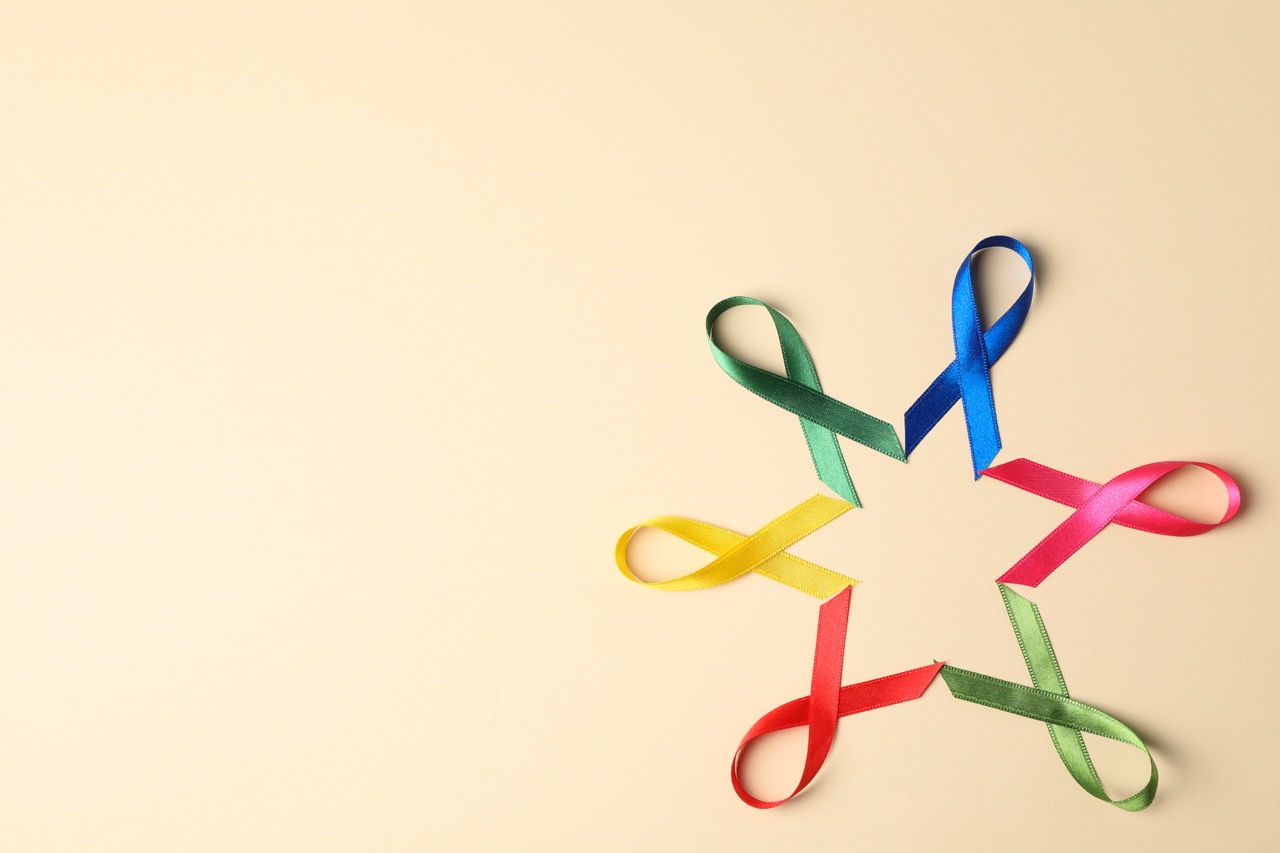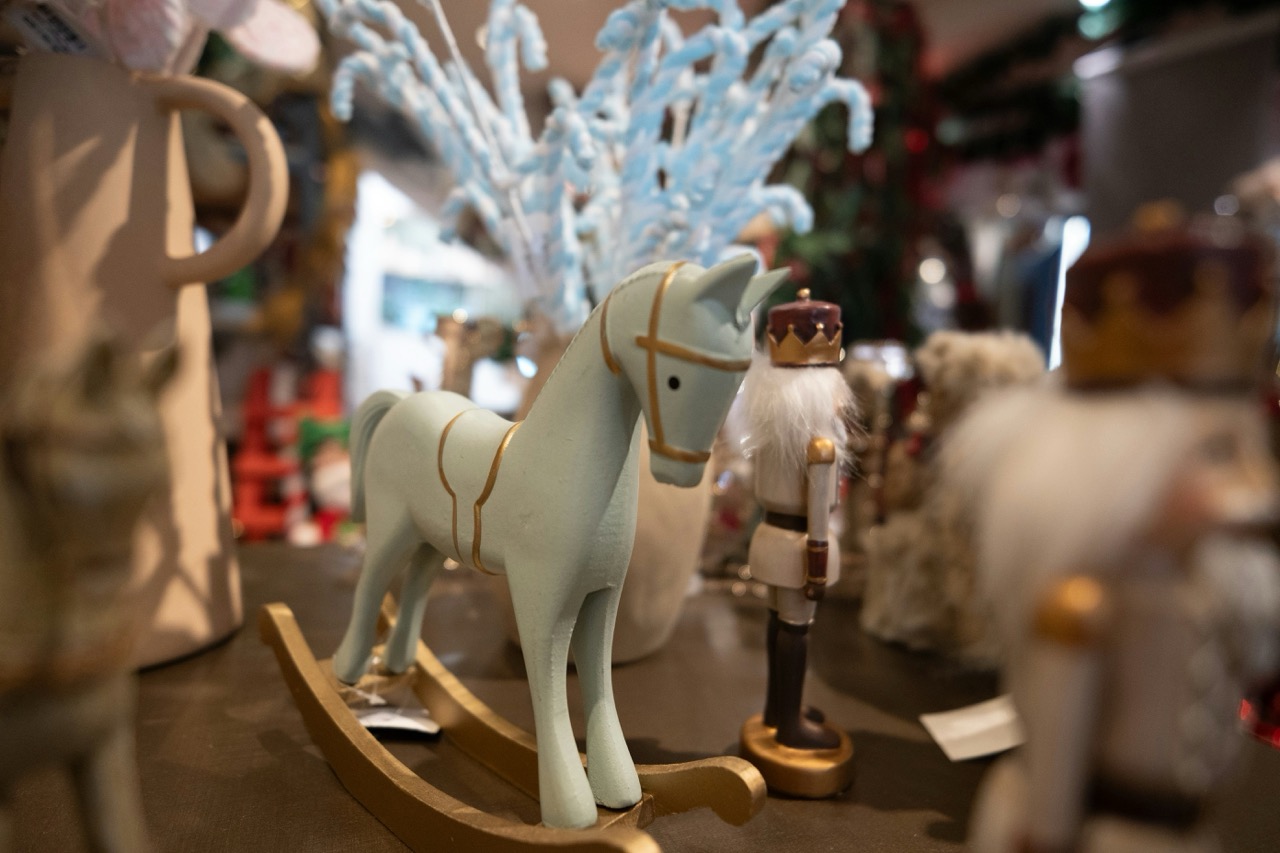Ribbons are beloved materials in the world of crafts, adding elegance, color, and texture to a variety of projects. However, ensuring that these delicate embellishments last longer can be a challenge, especially when they’re subjected to wear and tear. From choosing the right type of ribbon to employing proper care techniques, there are numerous ways to enhance the longevity of ribbons in your craft endeavors. This article will explore various strategies to make your ribbons last longer, ensuring that your creations remain beautiful for years to come.
1. Understanding Ribbon Types: Choosing Wisely for Longevity
When it comes to crafting with ribbons, understanding the different types available is essential. Ribbons can be made from various materials, such as satin, grosgrain, organza, and burlap, each possessing its own unique qualities. For crafts that require durability and resilience, consider opting for grosgrain or nylon ribbons. These materials are typically sturdier and less likely to fray or tear, making them ideal for projects that will endure handling or outdoor exposure.
Additionally, the width and weight of the ribbon can impact its longevity. Wider ribbons may be more prone to bending or fraying at the edges, while heavier ribbons can provide a more solid structure for embellishments. Taking the time to choose the right type of ribbon for your specific project will enhance both the aesthetic appeal and durability of your craft.
2. The Importance of Crafting Techniques for Ribbon Care
Beyond selecting the right type of ribbon, the techniques employed during the crafting process play a crucial role in the ribbon’s longevity. Proper knotting and bow-making techniques can help reduce strain on the ribbon fibers, preventing unnecessary wear. When tying knots, it’s best to avoid overly tight pulls, which could lead to fraying or breaking. Instead, take a gentle approach, ensuring that the ribbon maintains its integrity while still providing a secure hold.
Moreover, the way ribbons are attached to projects can significantly impact their lifespan. Using methods such as stitching or sewing rather than relying solely on glue can provide a more durable bond. This is especially important for items that may be subject to movement or regular handling, as stitched ribbons are less likely to come loose or suffer damage over time.
3. Selecting Durable Materials for Your Ribbon Projects
Choosing durable materials extends beyond the ribbons themselves; it encompasses the entire crafting process. Consider the base materials being used alongside your ribbons, such as the fabrics or surfaces to which they will be attached. For instance, pairing a fragile ribbon with a delicate fabric may increase the risk of wear and damage. Opting for robust materials can create a harmonious balance that supports the ribbons while enhancing the overall durability of the craft.
Additionally, consider the intended use of your craft. If your project is meant for outdoor use or frequent handling, selecting materials designed to withstand such conditions can protect your ribbons from environmental damage. Using UV-resistant and waterproof materials can also prolong the life of your ribbons, ensuring they retain their beauty in various settings.
4. How to Store Ribbons Properly to Prevent Damage
Proper storage is vital for maintaining the quality of ribbons. When ribbons are left tangled or crumpled, they are more susceptible to creases, fraying, and other forms of damage. To prevent this, consider using ribbon storage solutions such as spools, bins, or organizers designed specifically for ribbons. These options allow for easy access while keeping your ribbons neatly arranged, reducing the chances of entanglement.
Furthermore, it is essential to store ribbons in a cool, dry place away from direct sunlight. Prolonged exposure to sunlight can lead to fading and discoloration, while humidity may cause mold or mildew. By creating an optimal storage environment, you can ensure that your ribbons remain vibrant and intact for future crafting projects.
5. Techniques for Preventing Fraying and Wear on Edges
Fraying is a common issue that can compromise the beauty and functionality of ribbons. To combat this, consider using specific techniques to finish the edges effectively. One popular method is to heat seal the edges of synthetic ribbons using a lighter or soldering tool. By carefully melting the edges, you can create a barrier that prevents fraying while maintaining a polished look.
Alternatively, sewing a straight stitch along the edges of the ribbon can also help reinforce the fabric and keep it from unraveling. This technique not only protects the ribbon but also adds a decorative element, enhancing the overall aesthetic of your project. By implementing these methods, you can extend the life of your ribbons significantly.
6. Best Practices for Cutting Ribbons to Maintain Quality
Cutting ribbons may seem straightforward, but it can drastically affect their longevity if done improperly. To ensure clean cuts that minimize fraying, always use sharp scissors or rotary cutters. Dull blades can pinch and damage the fibers, leading to a rough edge that is more prone to wear. Taking the time to invest in quality cutting tools can make a significant difference in the outcome of your ribbon projects.
Additionally, consider cutting ribbons at an angle rather than straight across. This technique not only creates a visually appealing finish but also reduces the likelihood of fraying. For delicate fabrics, you may also want to apply a small amount of fray check solution immediately after cutting to further protect the edges and maintain the integrity of the ribbon.
7. The Role of Adhesives in Extending Ribbon Lifespan
Adhesives are often crucial in securing ribbons to various craft projects, but the choice of adhesive can impact the ribbon’s longevity. Some glues can cause discoloration or damage to the fibers, while others may not hold securely over time. It’s advisable to choose fabric glue or hot glue specifically designed for use with textiles, as these options provide a stronger bond without compromising the ribbon’s integrity.
Additionally, applying adhesive sparingly and only where necessary can help maintain the ribbon’s flexibility and prevent stiffening. This is particularly important for projects involving bows or intricate designs where the ribbon’s flow and movement are essential. By selecting the right adhesive and using it judiciously, you can significantly enhance the lifespan of your ribbons.
8. Tips for Protecting Ribbons from Moisture and Dirt
Moisture and dirt can be detrimental to ribbons, causing them to weaken or stain over time. To protect your ribbons from these elements, consider applying a fabric protector spray before using them in your projects. These sprays create a protective barrier that repels moisture and dirt while allowing the ribbons to remain breathable and looking vibrant.
In addition to protective sprays, it’s essential to handle your ribbons with clean hands or wear gloves when working on intricate designs. This simple practice can help prevent transferring oils and dirt onto the ribbons, keeping them pristine. For items that may be worn or displayed in areas prone to spills or moisture, consider adding a protective layer or covering to safeguard the ribbons.
9. Creative Ways to Reinforce Ribbons in Your Crafts
Incorporating creative reinforcement techniques can greatly enhance the durability of your ribbons in craft projects. For example, consider layering multiple ribbons together to create a thicker, more resilient material. This not only adds visual interest but also provides extra strength, reducing the risk of tearing or fraying.
Another creative solution is to integrate wire or sturdy backing materials within the ribbon itself. This approach can provide additional structure for bows or accents, ensuring they hold their shape and withstand handling. By experimenting with reinforcement techniques, you can achieve both aesthetic and functional benefits, extending the life of your ribbons.
10. How to Clean Ribbons Without Causing Damage
Cleaning ribbons can be a delicate task, as improper methods can lead to fading or damage. When it comes to cleaning, always check the care instructions if available. For most fabrics, a gentle hand wash with mild soap and cold water can be effective. Avoid harsh chemicals or bleach, as these can harm the fibers and color of the ribbons.
For minor stains, consider using a soft cloth or sponge to dab at the area rather than rubbing, which can cause further fraying. If the ribbon is particularly delicate or intricately designed, it may be best to consult a professional cleaner who specializes in fabric care. Taking the time to clean your ribbons correctly will help ensure their longevity and keep them looking fresh.
11. Using Finishing Treatments to Seal and Protect Ribbons
Finishing treatments can offer another layer of protection for your ribbons, allowing you to maintain their pristine condition over time. Products such as fabric sealants can be applied to the edges of your ribbons to prevent fraying and add a water-resistant barrier. This can be especially beneficial for ribbons used in outdoor crafts or items that may be exposed to moisture.
Additionally, applying a light coat of clear spray paint designed for fabrics can create a protective layer that shields the ribbon from dirt and stains. Be sure to test these treatments on a small, inconspicuous area first to ensure compatibility with your specific ribbon type. Utilizing finishing treatments can dramatically improve the durability and lifespan of your ribbons.
12. Troubleshooting Common Ribbon Issues in Craft Projects
Even the most careful crafters may encounter common ribbon issues from time to time. If you notice fraying or wear despite following best practices, it may be worth reassessing the materials chosen for your project. Sometimes, switching to a more durable type of ribbon or reinforcing the edges can resolve persistent problems.
Another common issue is discoloration, often caused by exposure to sunlight or improper cleaning. If your ribbons appear faded, consider replacing them with new ones or incorporating additional embellishments that can draw attention away from the affected areas. By troubleshooting effectively, you can enhance the quality and longevity of your ribbon crafts.
Making ribbons last longer in crafts is a multifaceted process that involves careful selection, proper care, and creative techniques. By understanding the types of ribbons available and employing effective storage, cutting, and cleaning methods, you can significantly extend the lifespan of your ribbon projects. Whether you’re crafting for special occasions or everyday use, taking these steps will ensure your ribbons maintain their beauty and functionality for years to come. Happy crafting!










